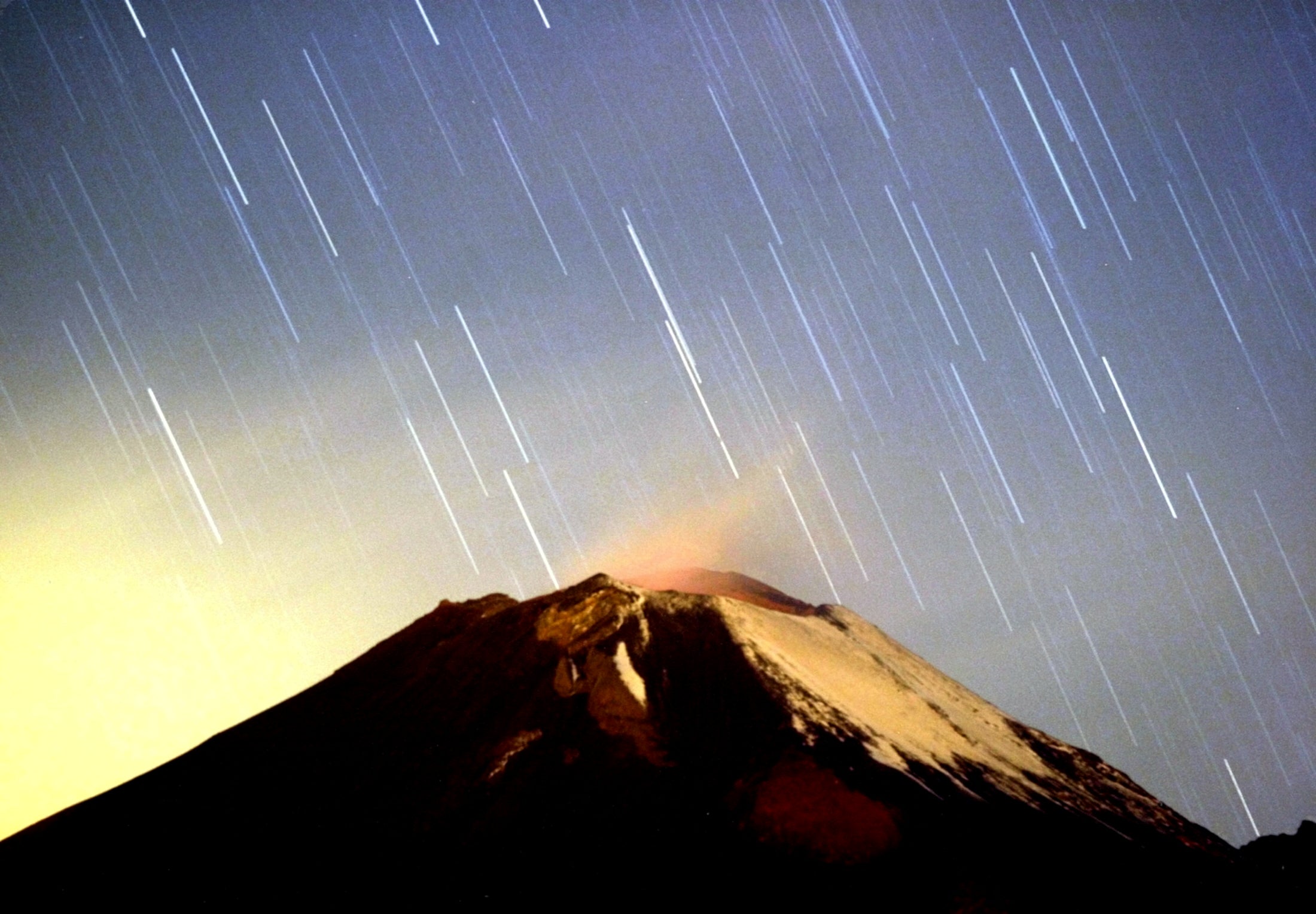Geminid meteor shower 2013: up to 120 meteors an hour expected Saturday morning
The annual Geminids are the most massive regular meteor shower

Astronomers are predicting that the annual Geminid meteor shower is set to be the most spectacular of the year, with the light show peaking tonight and early tomorrow morning.
Nasa have predicted that between 100 and 120 meteors are to be expected every hour, though it’s a bright moon (specifically, a gibbous one) may make many of these difficult to see.
The shower began on Thursday and will continue through to Monday, though the early hours of Saturday morning should be the best time to catch a glimpse of the meteors.
“Of all the debris streams Earth passes through every year, the Geminids are by far the most massive. When we add up the amount of dust in the Geminid stream, it outweighs other streams by factors of five to 500,” said Nasa astronomer Bill Cooke.
The yearly shower takes its name from the Gemini constellation, the direction from which its parent asteroid, 3200 Phaethon, originates.
This Geminids are unusual as most meteor showers originate from a comet (an icy body) rather than an asteroid (primarily made from rock).
As 3200 Phaethon passes close to the Earth, bits of debris from the celestial object will crumble in the upper edges of the atmosphere, vaporising as lights in the sky.
The meteors should be fairly easily seen from any portion of the night sky, though star gazers should wait out for at least an hour to catch a glimpse of the event as the shower will appear in bursts.
Join our commenting forum
Join thought-provoking conversations, follow other Independent readers and see their replies
Comments